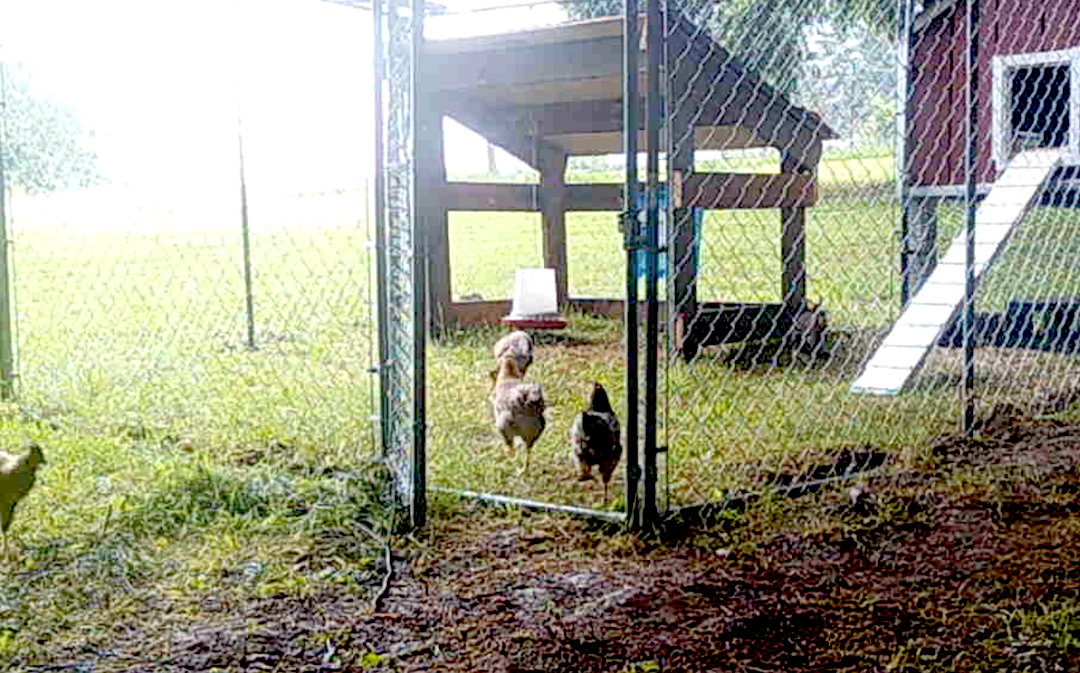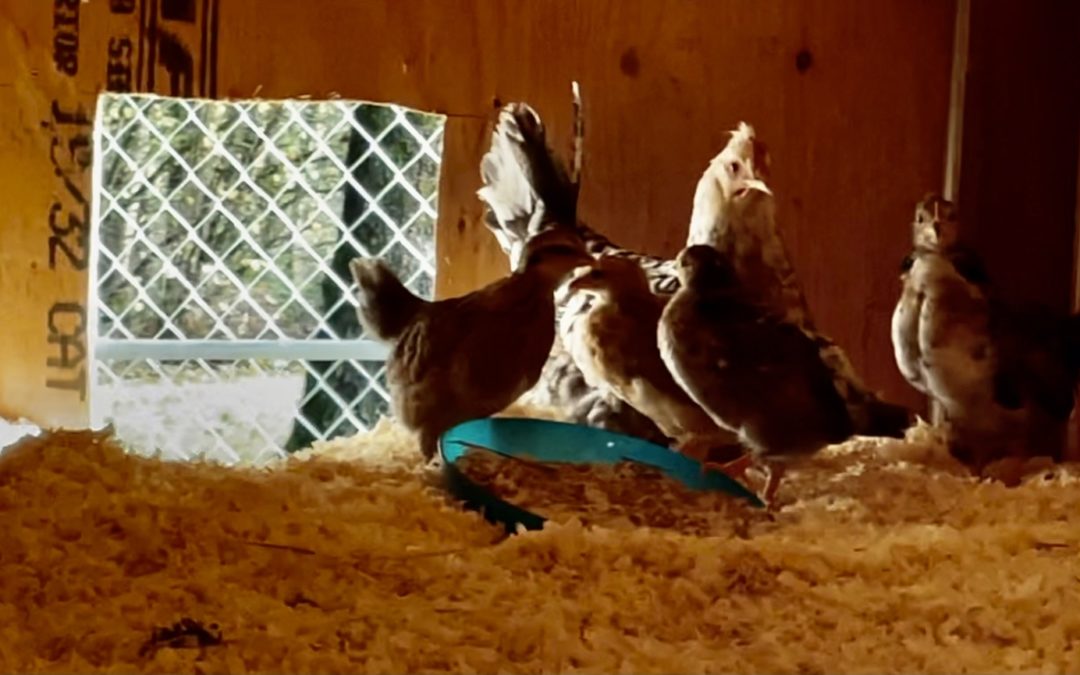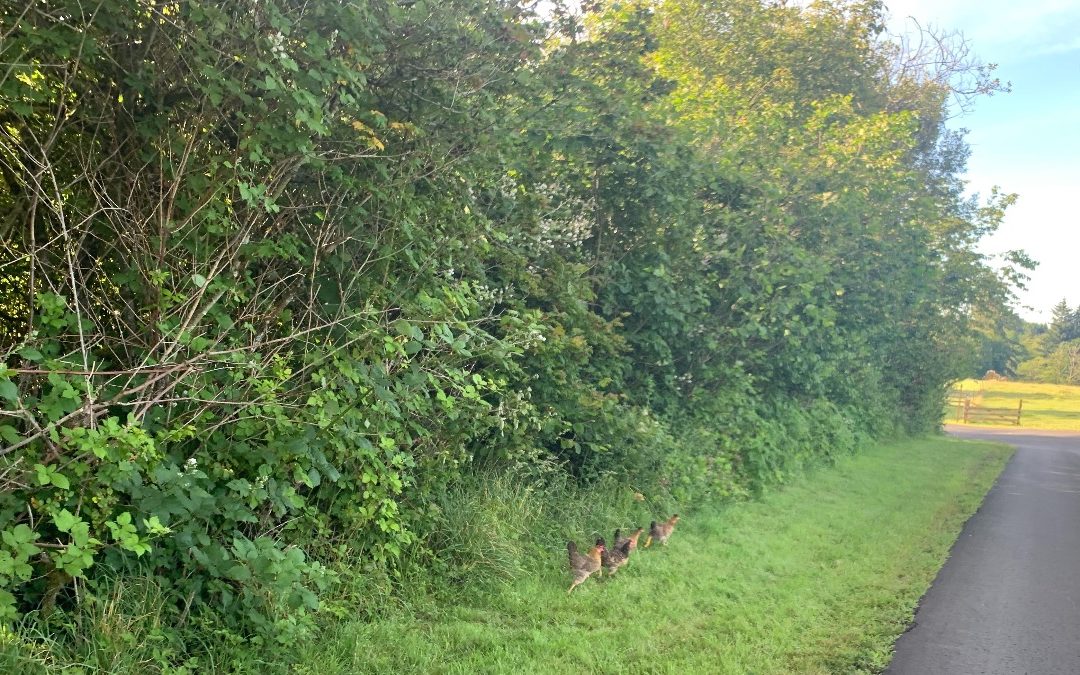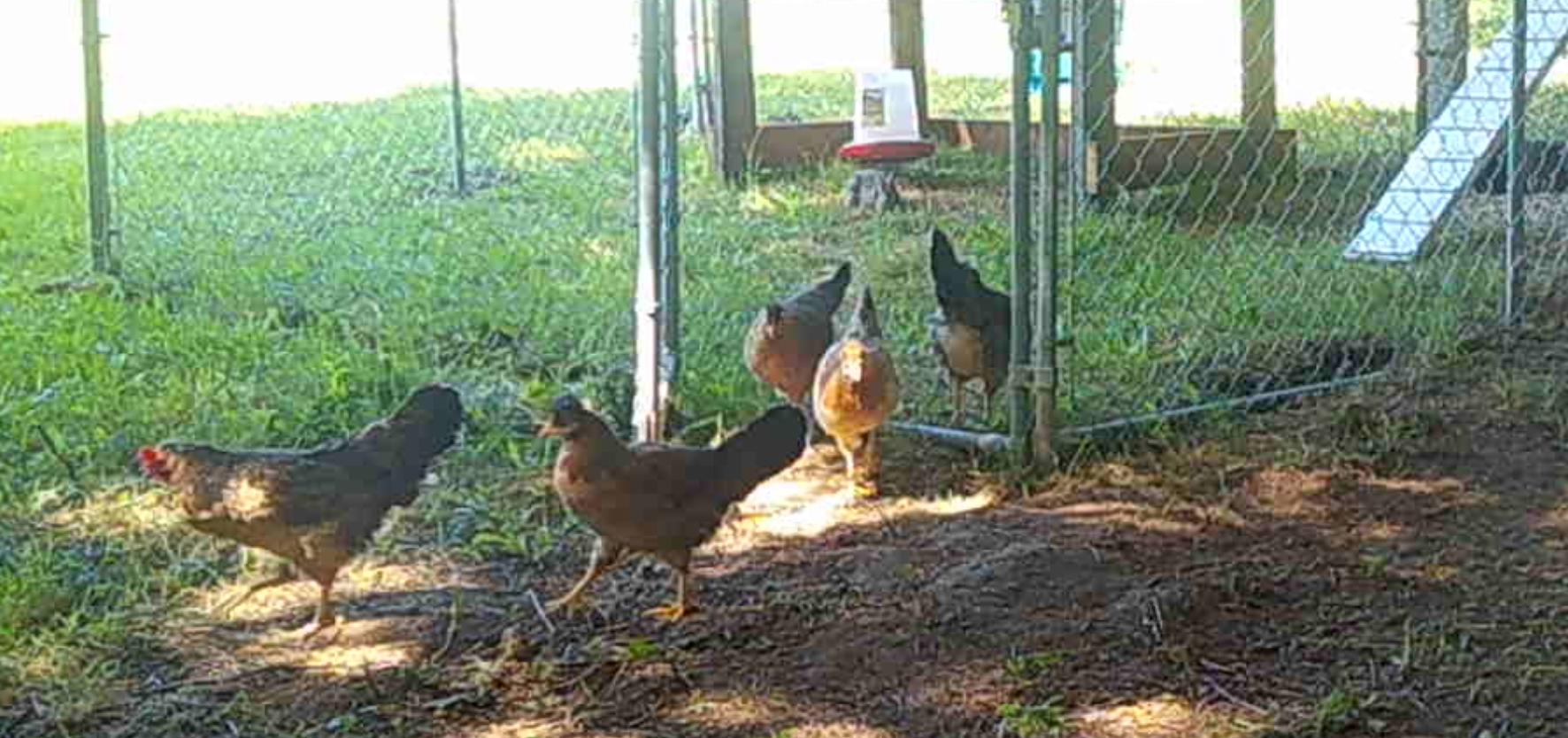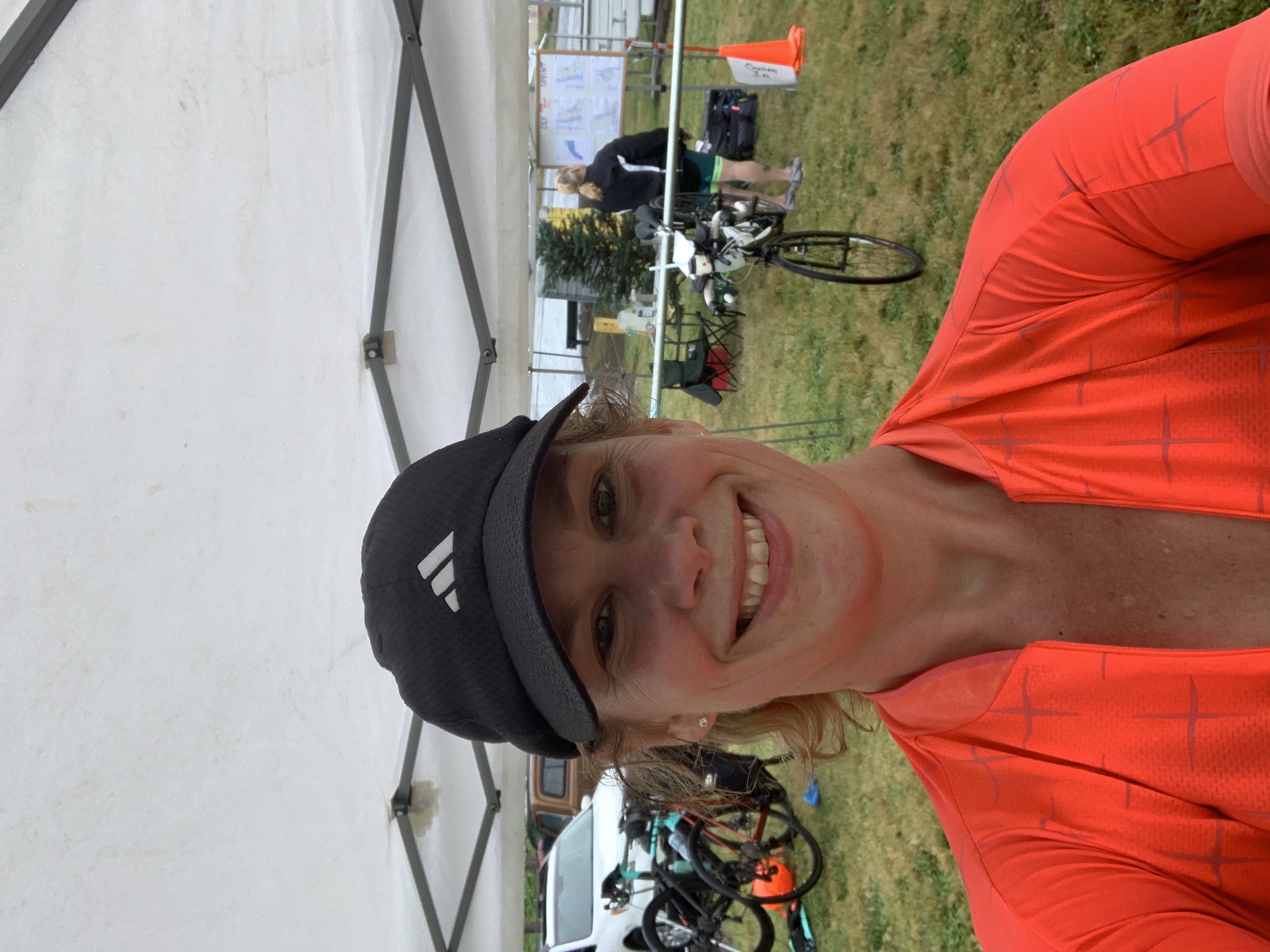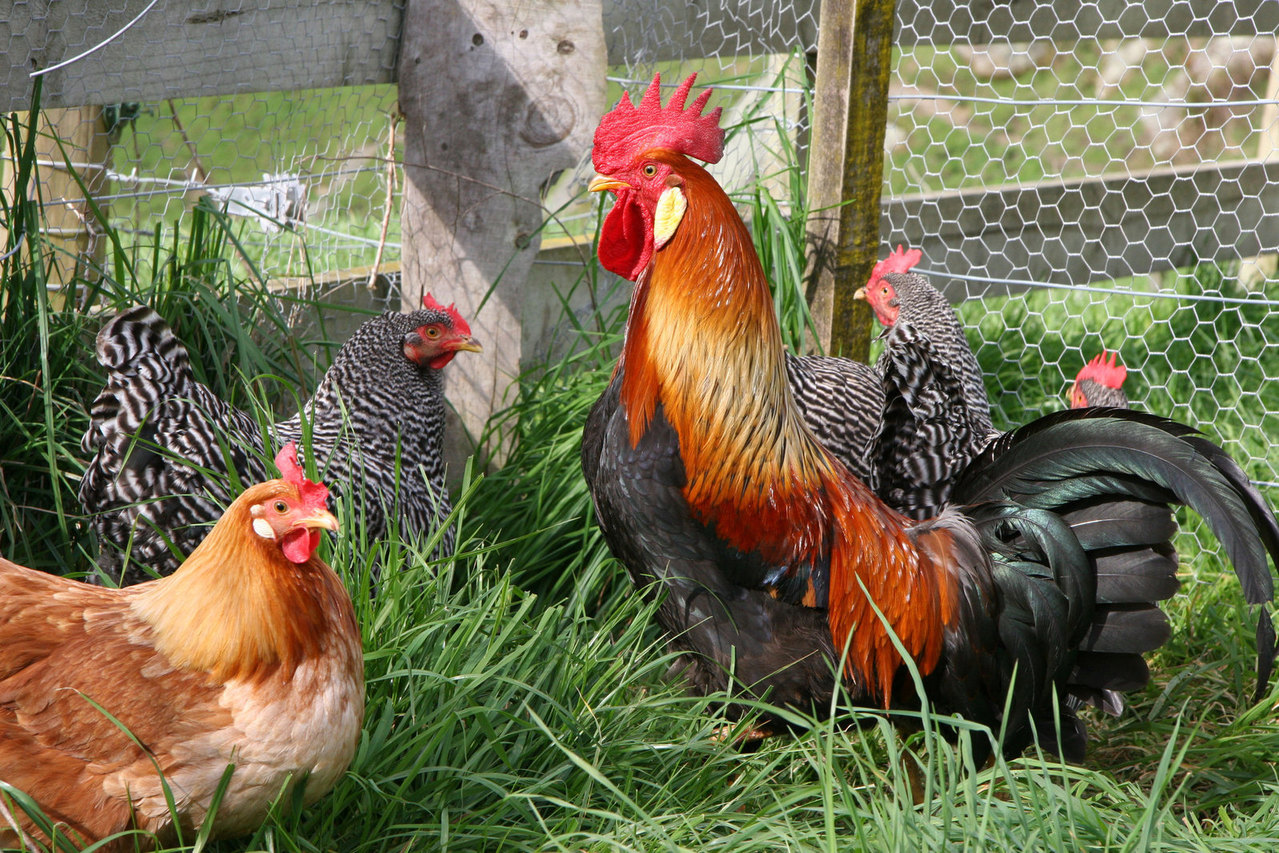
Be Your Best During Difficult Conversations
Over the past week, most of the country experienced cold, winter weather. In the Pacific Northwest, we had a storm that impacted the entire region. At our home, it snowed for nearly two days straight, with a snow total of more than 12 inches. The dogs really enjoyed the snow, but most of the wildlife struggled to find food. We had hummingbird wars, and lots of wildlife visiting our bird feeders, including numerous varieties of bird, a pregnant deer with two youngsters and a few raccoons. I can say that the chickens unequivocally did not enjoy the weather. Even though these chickens are Icelandic, I’d venture to say that it has been a few generations since their ancestors visited their motherland. One of the chickens started down the ramp, slid a little and backed right back up into the coop. None of the chickens left the coop from Friday morning through Tuesday morning.
As you can imagine, we were also concerned about Caramel Corn, our long-lost chicken who left us for our neighbor’s horse pasture. Caramel Corn spends her days with the horses and goats, and in the evening she usually sleeps in the trees and brush along the driveway. During the snowstorm, the horses were in the barn, the goats were in their pen, and there were no chicken tracks on our driveway or the pasture. On Monday, we went down the driveway to find that Caramel Corn had been killed by a predator (thankfully that predator was not named JacX).
Caramel Corn had managed to survive on her own since July. But, unfortunately, the snow kept her from being able to fly or run to safety. The storm changed her environment and removed her natural defenses. I think there are a lot of people who have also been struggling through their own storm, otherwise known as the pandemic. They were strong and resilient, but the pandemic changed everything.
As we start to see a faint light signaling the end of the pandemic, we can’t lose sight of the fact that people are struggling, and businesses are fighting to survive. The key to emerging from this pandemic as healthy individuals is for all of us to be willing to support each other, even as tensions are high. As I share with my clients, I believe all issues, outside of politics, can be resolved with direct, honest communication.
Engaging in these difficult conversations can be uncomfortable and, at times, scary. But the benefits of engaging far outweigh the risks. Ignoring the tension will only lead to additional stress, anger and reduced performance.
Every situation is different, but here are some tips that can help you be your best during these difficult conversations:
- Put yourself in the other person’s shoes. I’m sure this tip isn’t something you haven’t heard before, but this pandemic has made me realize that we are all dealing with different stresses in different areas of our lives. Viewing the situation from a different perspective provides insight into the motivation behind someone’s behavior, which hopefully results in compassion.
- Listen to understand. It is so hard when tensions are rising to really listen to what the other person is saying. So, take a deep breath, close your mouth and listen.
- Ask questions. As I coach my clients, during difficult conversations, or when a conversation takes a turn that you aren’t expecting, the best way to recover is to ask questions. This gives the emotional side of your brain a chance to calm down and the intellectual side of the brain time to respond appropriately.
- Don’t ignore it. Most of us would like to avoid these conversations altogether. However, to paraphrase Mark Twain, the best time to eat a frog is in the morning because it isn’t going to taste any better if you wait. Eat the Frog. Have the conversation.
If you still aren’t sure how to address an issue, please reach out to me, and together we can help you emerge from those necessary but difficult conversations with a deeper relationship and increased confidence for the future.
I think that is what Caramel Corn would have wanted.

